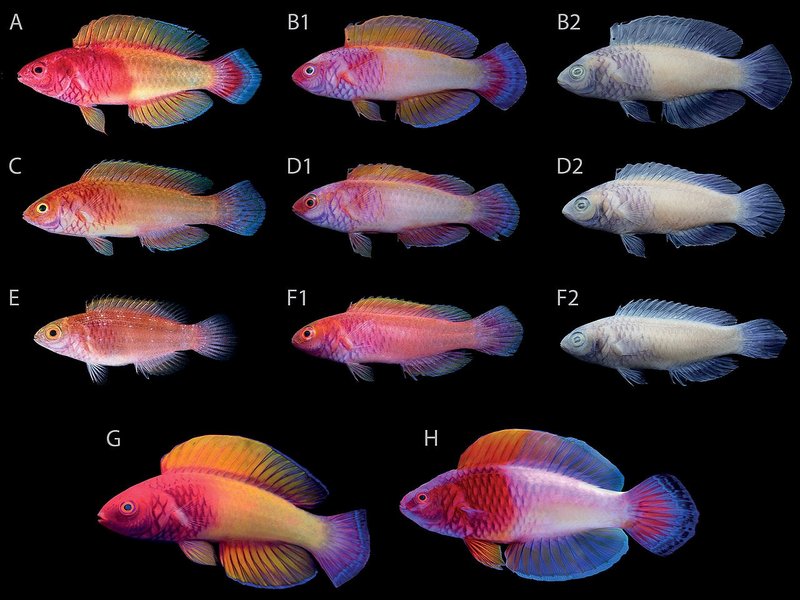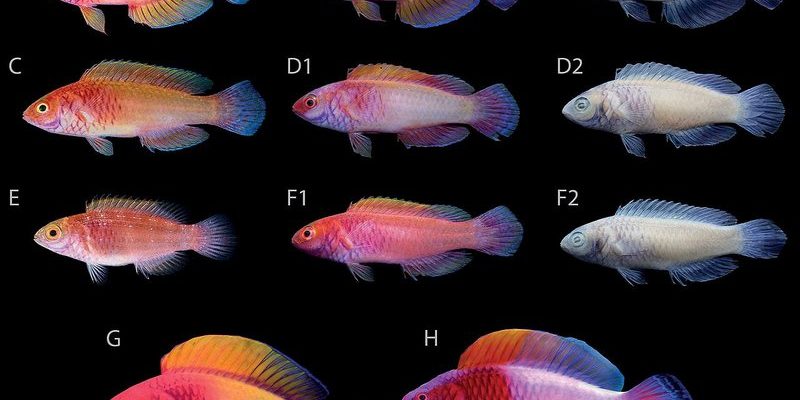
So, what exactly makes wrasses tick? There are over 600 species of wrasses, each with its own quirks and characteristics. From their playful interactions to their roles as cleaners, these fish exhibit an array of behaviors that can be both surprising and charming. Let’s dive deeper into the world of wrasses and uncover what shapes their behavior and temperament.
Understanding Wrasses: An Overview
Wrasses belong to the family Labridae, which includes various species ranging from the small and colorful to the larger ones that can change colors. They’re often found in shallow waters, particularly in coral reefs. This makes them not just beautiful but also essential for the health of these ecosystems.
One of the most remarkable traits of wrasses is their cleaning behavior. Many species engage in a symbiotic relationship with other fish, eating parasites off their scales. This not only keeps the other fish healthy but also allows wrasses to thrive. It’s like a spa day for fish! Their social structure is equally intriguing, with some species exhibiting complex hierarchies and behaviors.
You might be wondering why understanding their behavior matters. Well, recognizing their habits can help in conservation efforts and enhance our enjoyment of marine environments. Plus, observing their interactions can be incredibly rewarding.
Social Dynamics of Wrasses
Wrasses are social fish that thrive in groups, often forming small schools. Their social behavior is quite interesting, as it often varies from one species to another. Some wrasses are more territorial, while others are more communal. This mix creates a lively underwater atmosphere.
In many species, dominance plays a crucial role. Larger or more aggressive wrasses may assert themselves over smaller ones, leading to fascinating displays of color and movement. Picture a colorful dance-off where the boldest wrass shows off its flair to gain the upper hand. This is common in species like the Cleaners Wrasse, which uses its dazzling colors to attract other fish needing cleaning services.
Interestingly, wrasses can also change sex! In some species, a dominant female may transform into a male if the male is removed from the group. This adaptability showcases their complex social structures and highlights the importance of balance in their populations.
Feeding Behaviors and Diet
Wrasses are known for their varied diets, which can influence their behavior. Many are opportunistic feeders, indulging in a mix of algae, small invertebrates, and even the occasional fish. Their feeding strategies often involve picking through coral crevices and sandy substrates, showcasing their agility and curiosity.
The cleaning behavior we mentioned earlier is a significant part of their feeding habits. Cleaner wrasses, like the popular Labroides dimidiatus, set up small cleaning stations on coral reefs. Other fish will line up, waiting for their turn to get rid of parasites. This behavior not only helps maintain healthy fish populations but also expands the wrasses’ diet, as they consume the parasites and dead skin they remove.
Understanding the feeding behaviors of wrasses can be incredibly beneficial for those interested in marine biology or aquarium keeping. By knowing what they eat and how they interact with their environment, you can replicate these conditions in a home aquarium, making for a thriving aquatic community.
Temperament: The Personalities of Wrasses
The temperament of wrasses can vary wildly based on species and individual characteristics. Some are known to be bold and curious, while others tend to be shy and cautious. This diversity in personality can make them fascinating pets or creatures to observe in the wild.
For instance, the yellow wrasse is often described as curious and social, frequently swimming near divers and snorkelers. In contrast, the scarlet wrasse may be more elusive, preferring to stick close to coral and avoid open water. Imagine encountering these fish while snorkeling—each one has its own story to tell, and their personalities can significantly impact your experience.
You might also notice that some wrasses exhibit playful behaviors, like chasing each other or darting through the water in what seems like a game of tag. This activity is not only fun to watch but also an integral part of their social interactions and overall health.
Wrasses in Home Aquariums: What to Expect
If you’ve ever considered adding a wrasse to your home aquarium, it’s essential to understand their behavior and temperament to ensure a harmonious environment. Wrasses can vary significantly in their care needs and social behavior, so choosing the right species is key.
For example, some wrasses can be quite territorial, especially in smaller tanks. The six-line wrasse is often recommended for beginners due to its hardy nature and vibrant colors. However, keep in mind that they may not get along well with others of their kind in close quarters.
When keeping wrasses, it’s crucial to provide plenty of hiding spots, like rocks and coral. They feel safer in environments that mimic their natural habitats. Proper tank mates are also vital; ensuring that other fish can coexist peacefully can reduce stress and aggression in smaller tanks.
The Importance of Conservation
Understanding the behavior and temperament of wrasses is not just about appreciating their beauty; it’s also vital for their conservation. As coral reefs face threats from climate change, pollution, and overfishing, wrasses can serve as indicators of reef health. Their well-being reflects the condition of their habitats, making them important players in marine ecosystems.
When observing their behavior, you’ll notice how changes in their environment affect their interactions. For example, when a reef is stressed, cleaning wrasses may decrease in number, which in turn affects other fish populations. This ripple effect can lead to larger ecological issues.
Promoting awareness around their importance is crucial for conservation efforts. By educating others about these enchanting fish, we can encourage responsible practices and protect their natural habitats for future generations.
Final Thoughts on Wrasse Behavior
The behavior and temperament of wrasses offer us a window into the complex and vibrant life beneath the waves. From their engaging social structures to their crucial role as cleaners in marine environments, wrasses embody the delicate balance of marine ecosystems.
Whether you’re a diver eager to meet them in their natural habitat or an aquarium enthusiast looking to recreate that underwater magic, understanding their behavior is essential. Remember, these fish are more than just colorful decorations; they play vital roles in their communities and contribute to the health of our oceans.
So, the next time you spot a wrasse zipping around the reef, take a moment to appreciate its personality and the important story it tells about marine life.

